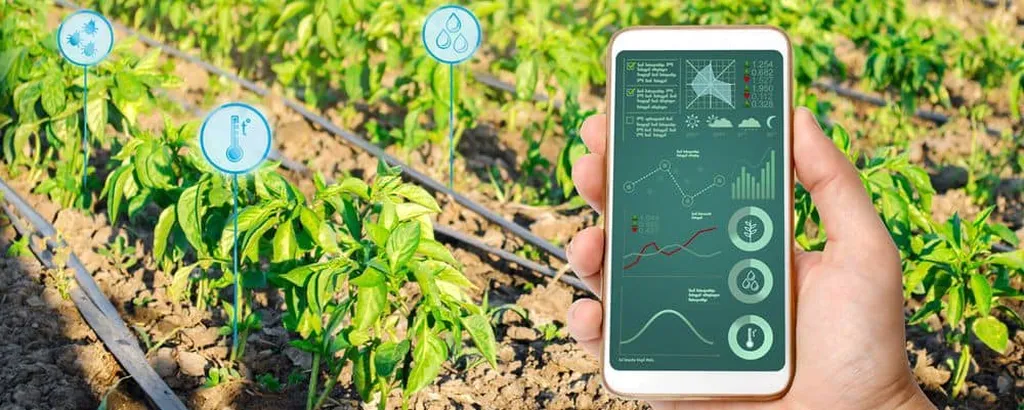In the vast, sun-scorched expanses of the Sahel and Northern Africa, a quiet revolution is brewing, one that could redefine how we monitor and manage rangelands. At the heart of this transformation is a novel approach advocated by S. Taugourdeau, a researcher at UMR SELMET, Université Montpellier, CIRAD, and Institut Agro INRAE in France. In a recent article published in the journal *Pastoralism* (which translates to English as “Pastoralism”), Taugourdeau and colleagues propose a participatory observatory for rangeland monitoring, leveraging the power of accessible technologies like smartphones.
The idea is simple yet profound: empower local stakeholders to monitor rangeland ecosystems using tools they already have. “We’re not just talking about collecting data; we’re talking about empowering communities,” Taugourdeau explains. “By integrating traditional ecological knowledge with modern technology, we can create a system that is both accurate and inclusive.”
The proposed observatory would utilize Structure from Motion (SfM) methods, a photogrammetric range imaging technique, to transform smartphone images into precise 3D models of rangeland vegetation. This approach can significantly reduce the labor-intensive process of biomass sampling, making it feasible for pastoralists to contribute to the monitoring effort.
The implications for the energy sector are substantial. Rangelands are not just vital for livestock grazing; they also play a crucial role in carbon sequestration and biodiversity conservation. Accurate monitoring can inform sustainable management practices, ensuring that these ecosystems continue to provide valuable services, including renewable energy resources like biomass.
“Imagine a future where pastoralists are not just beneficiaries but active participants in the monitoring and management of their own lands,” Taugourdeau envisions. “This could lead to more sustainable practices, better policy decisions, and ultimately, a more resilient pastoral system.”
The article draws lessons from successful participatory approaches in Mongolia, Ireland, and East Africa, highlighting the feasibility and potential impact of such an initiative. However, it also acknowledges practical challenges, such as smartphone penetration, network coverage, and training for low-literacy users.
As we look to the future, the proposed observatory offers a glimpse into a more decentralized and inclusive approach to rangeland monitoring. By bridging the gap between traditional knowledge and modern technology, this initiative could pave the way for more sustainable and equitable management of our planet’s precious rangeland ecosystems. The next steps involve addressing these challenges and implementing the system on the ground, a task that Taugourdeau and his team are eager to undertake.
In a world grappling with climate change and environmental degradation, this research offers a beacon of hope, demonstrating how technology and community engagement can come together to create a more sustainable future.

